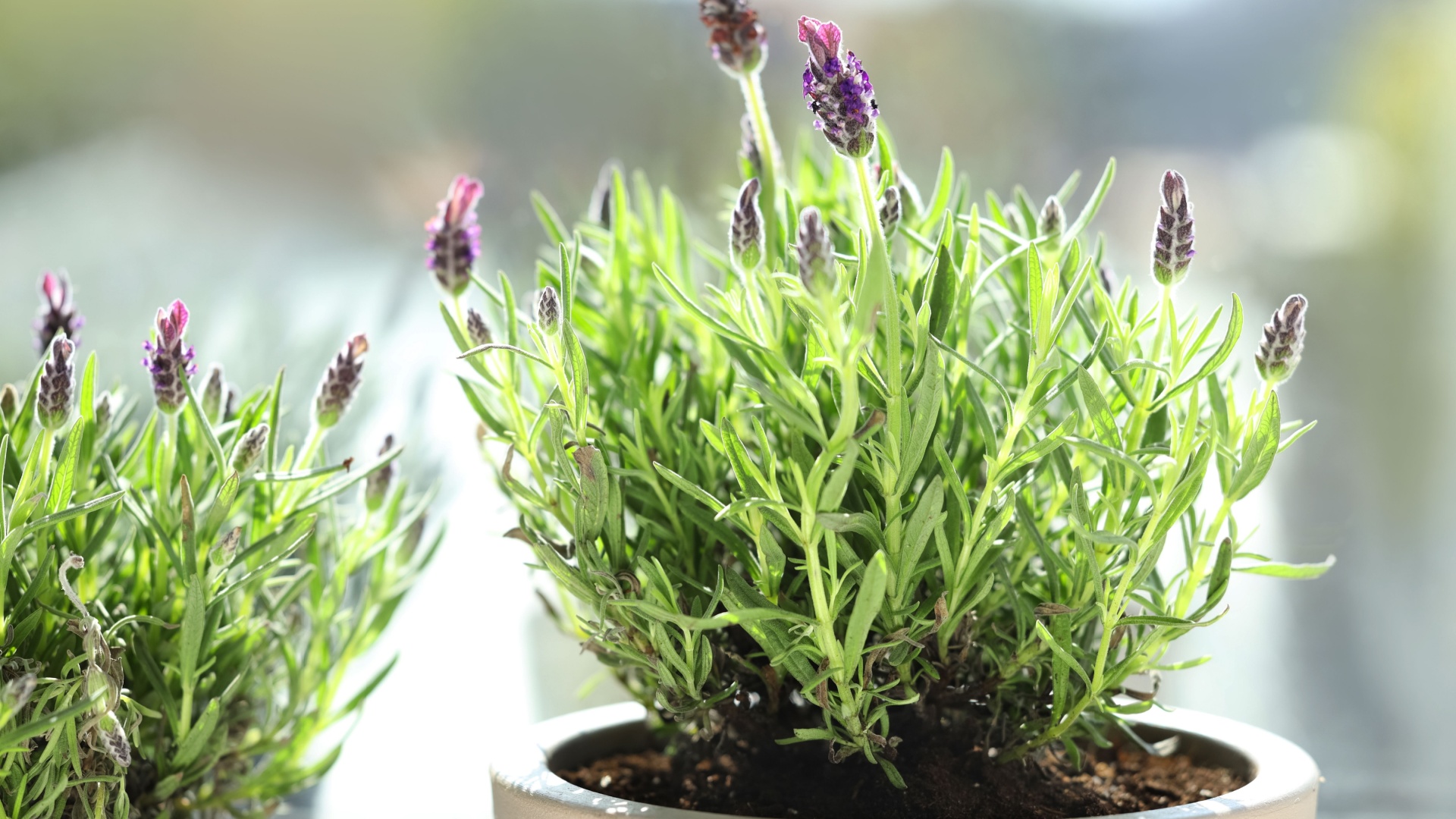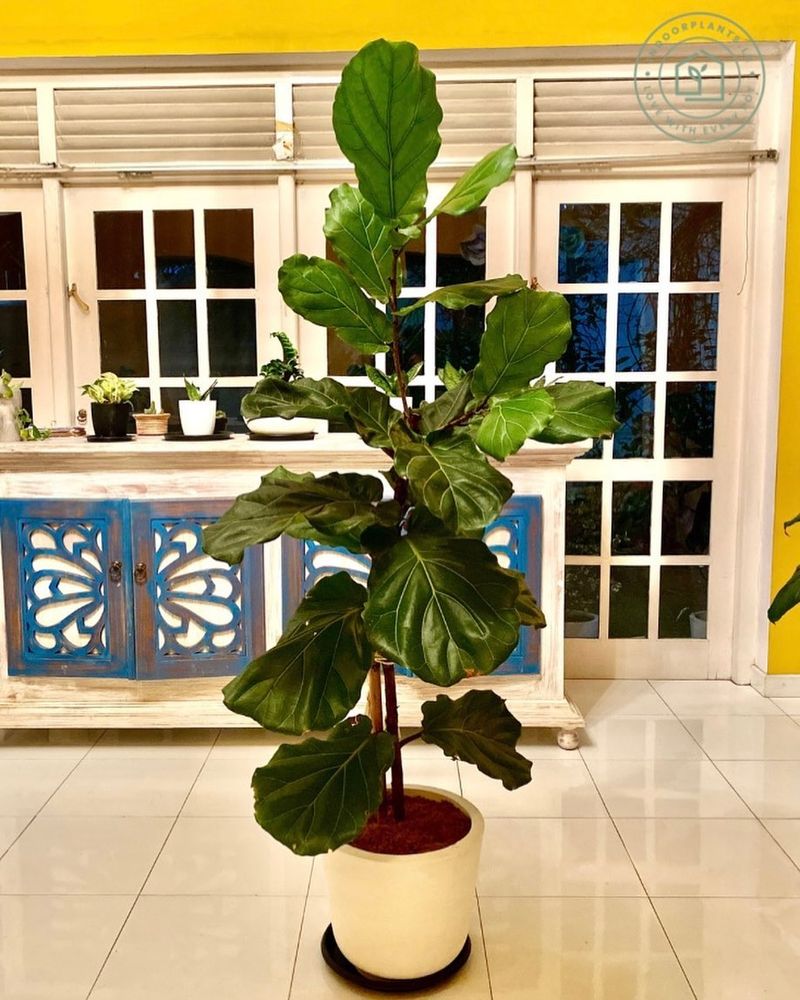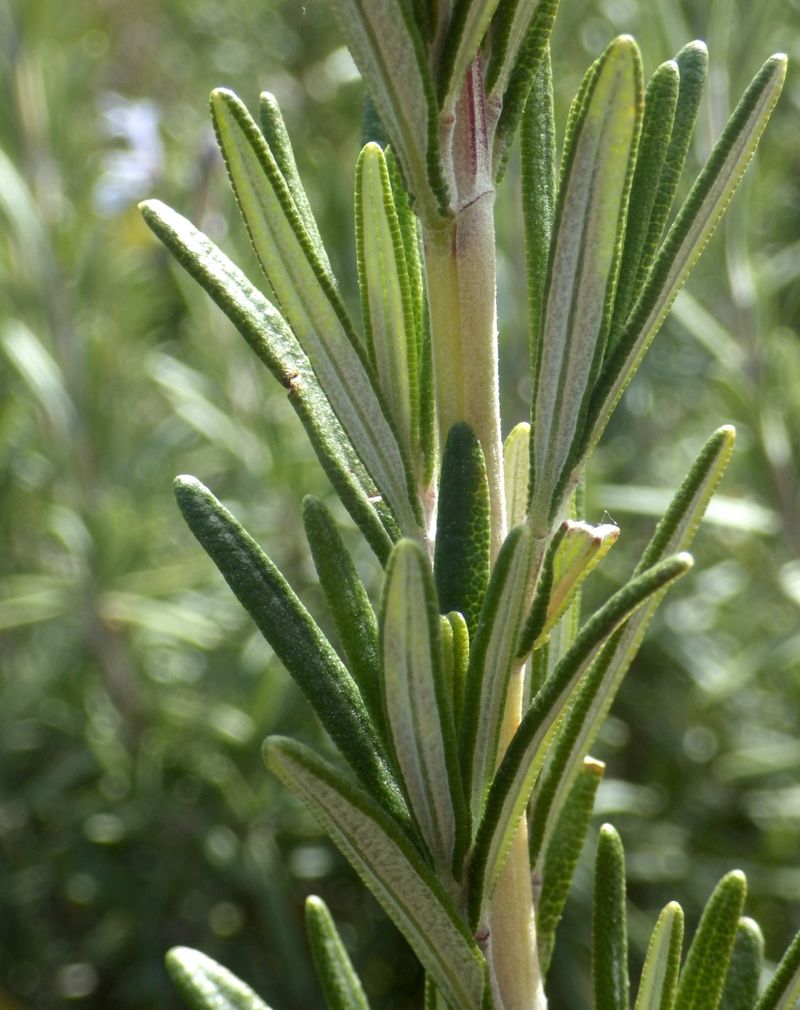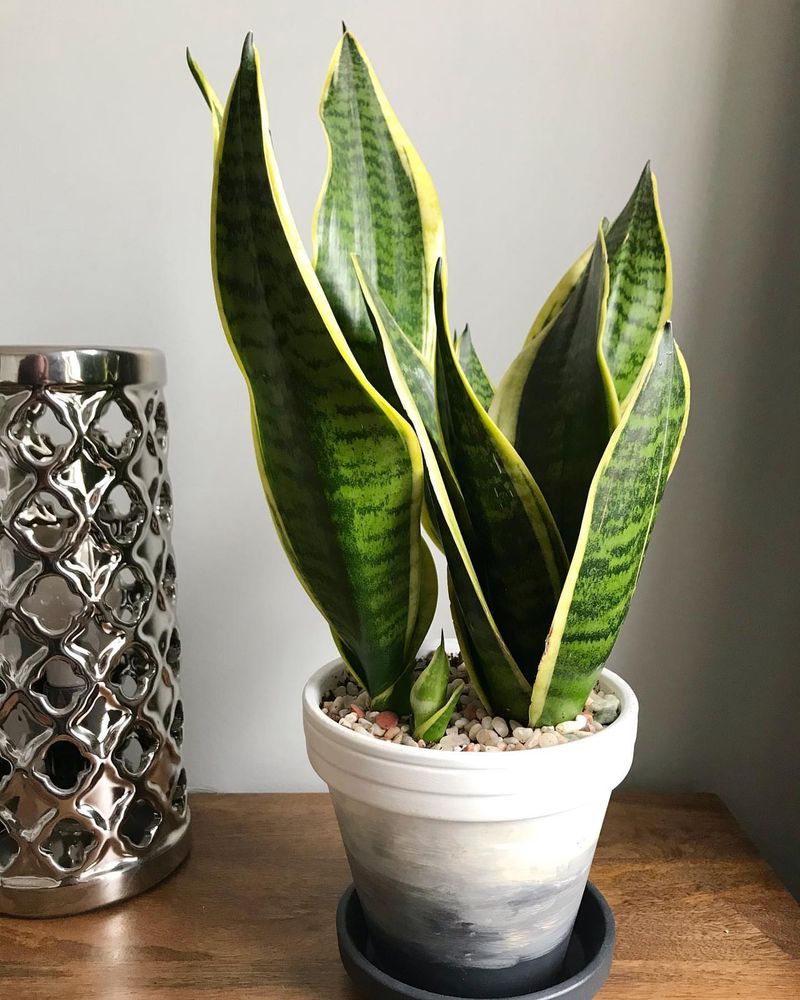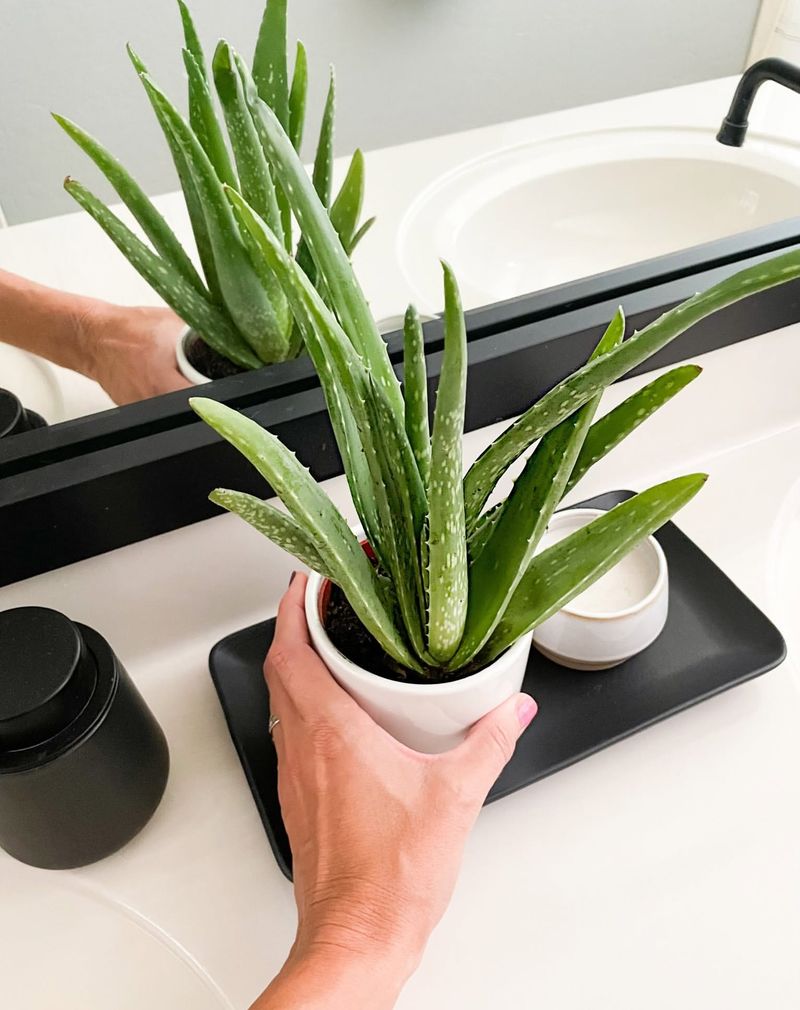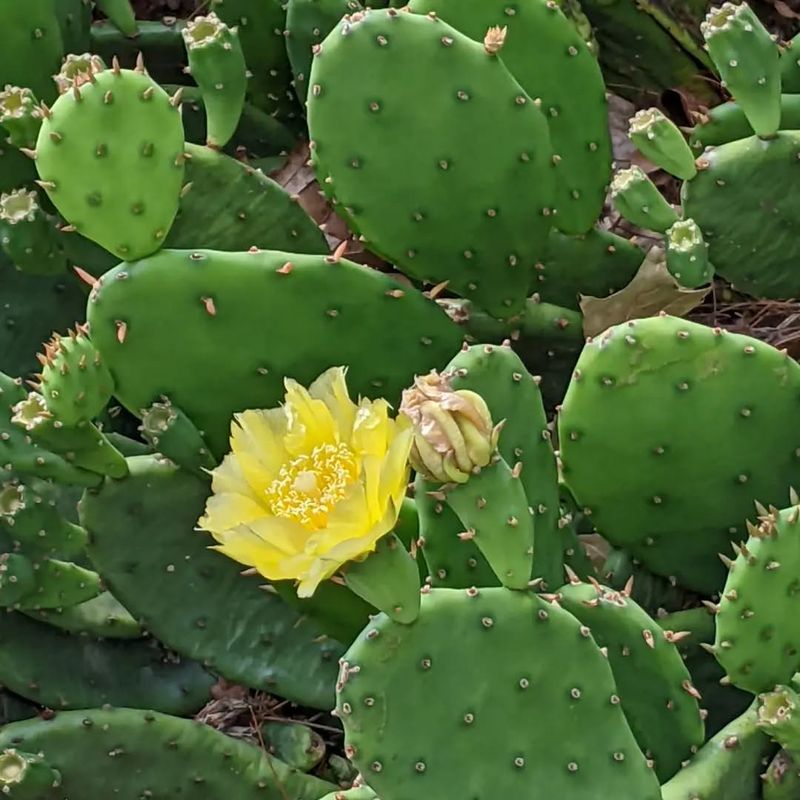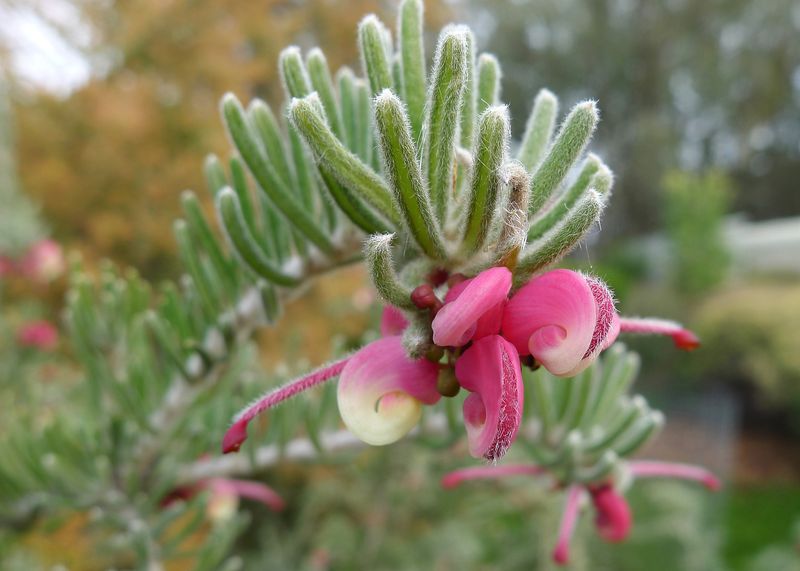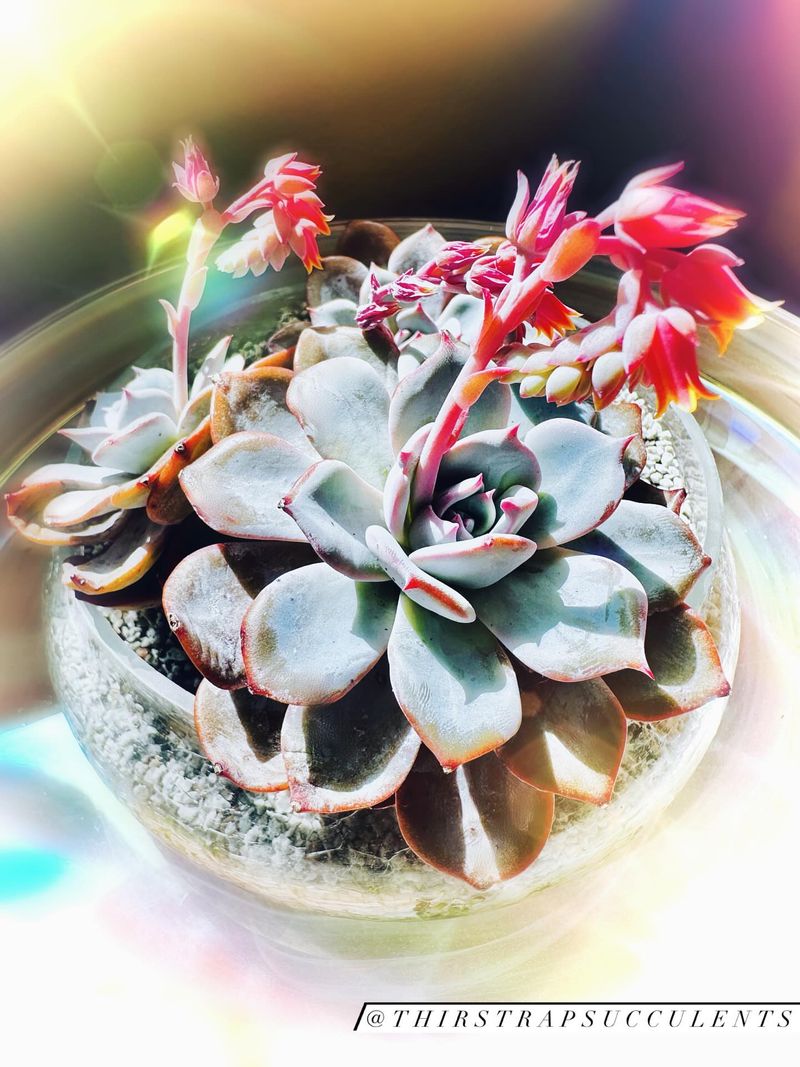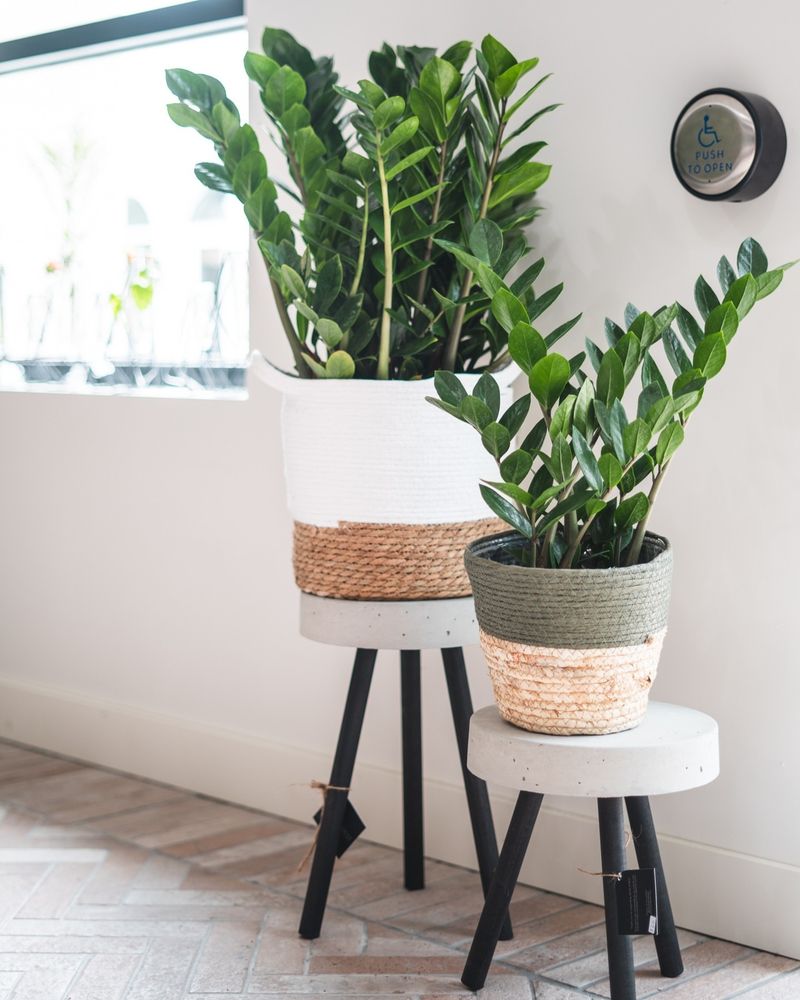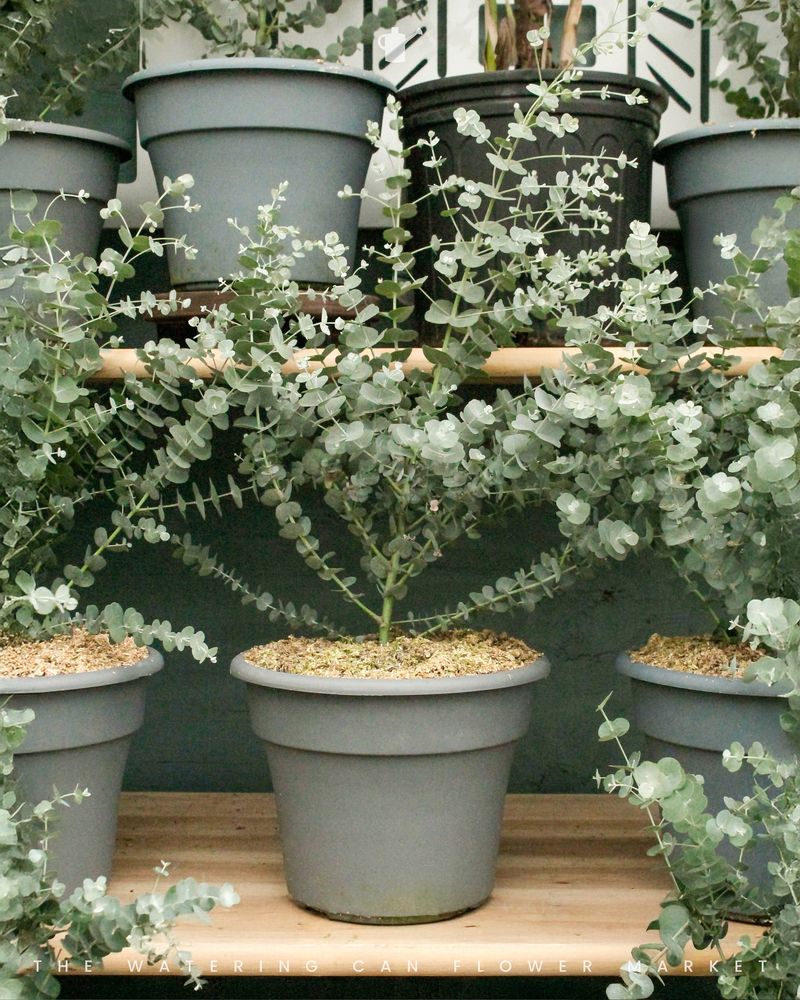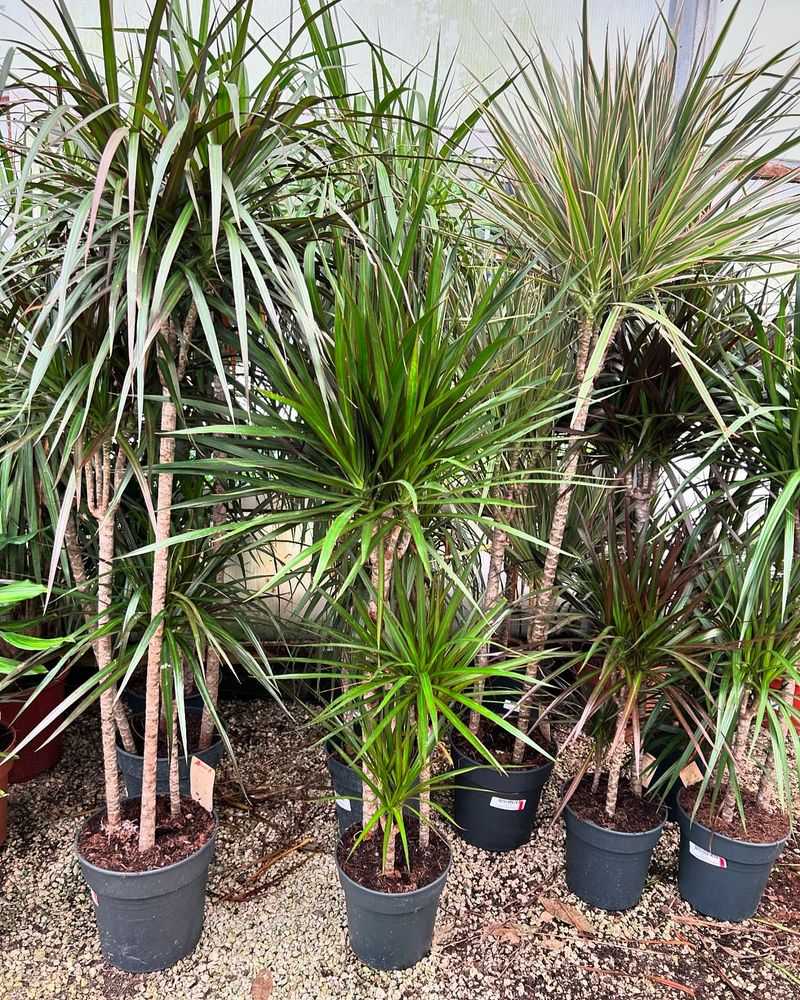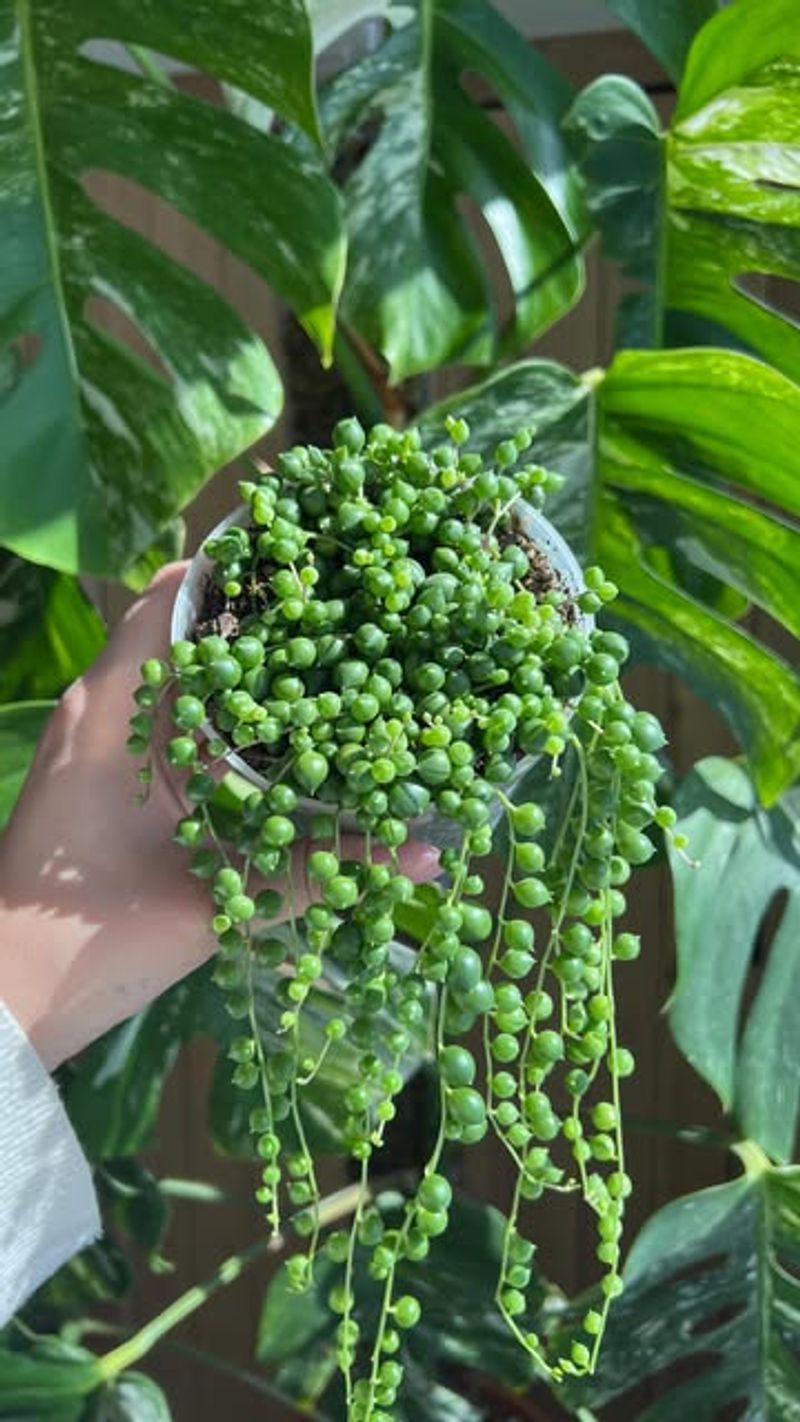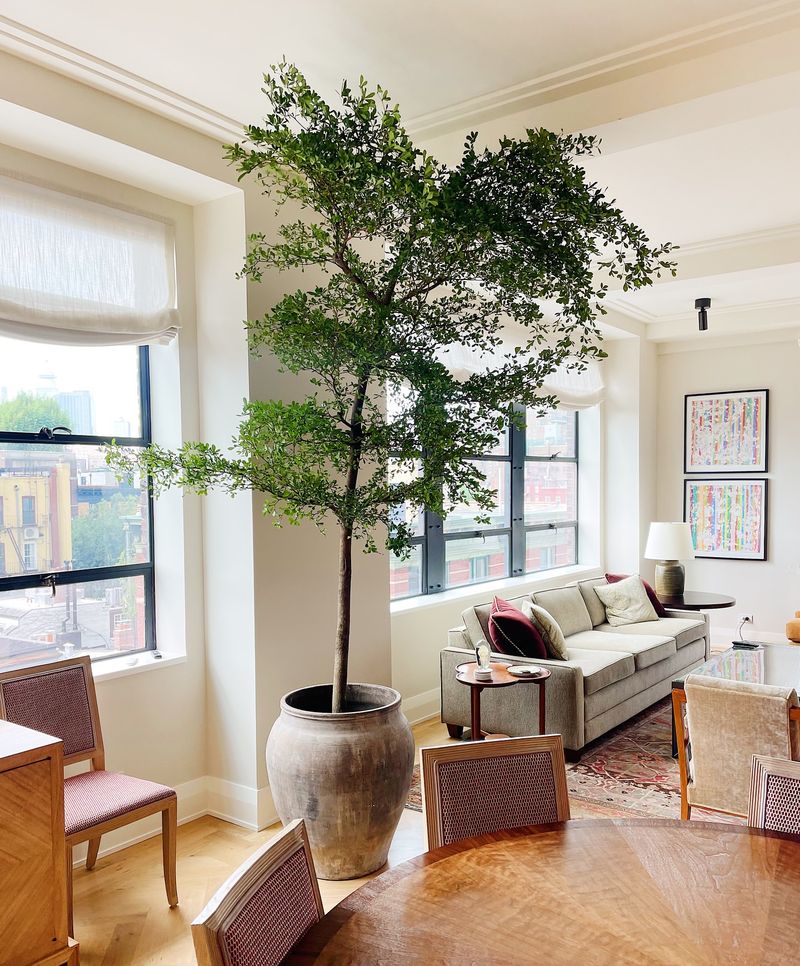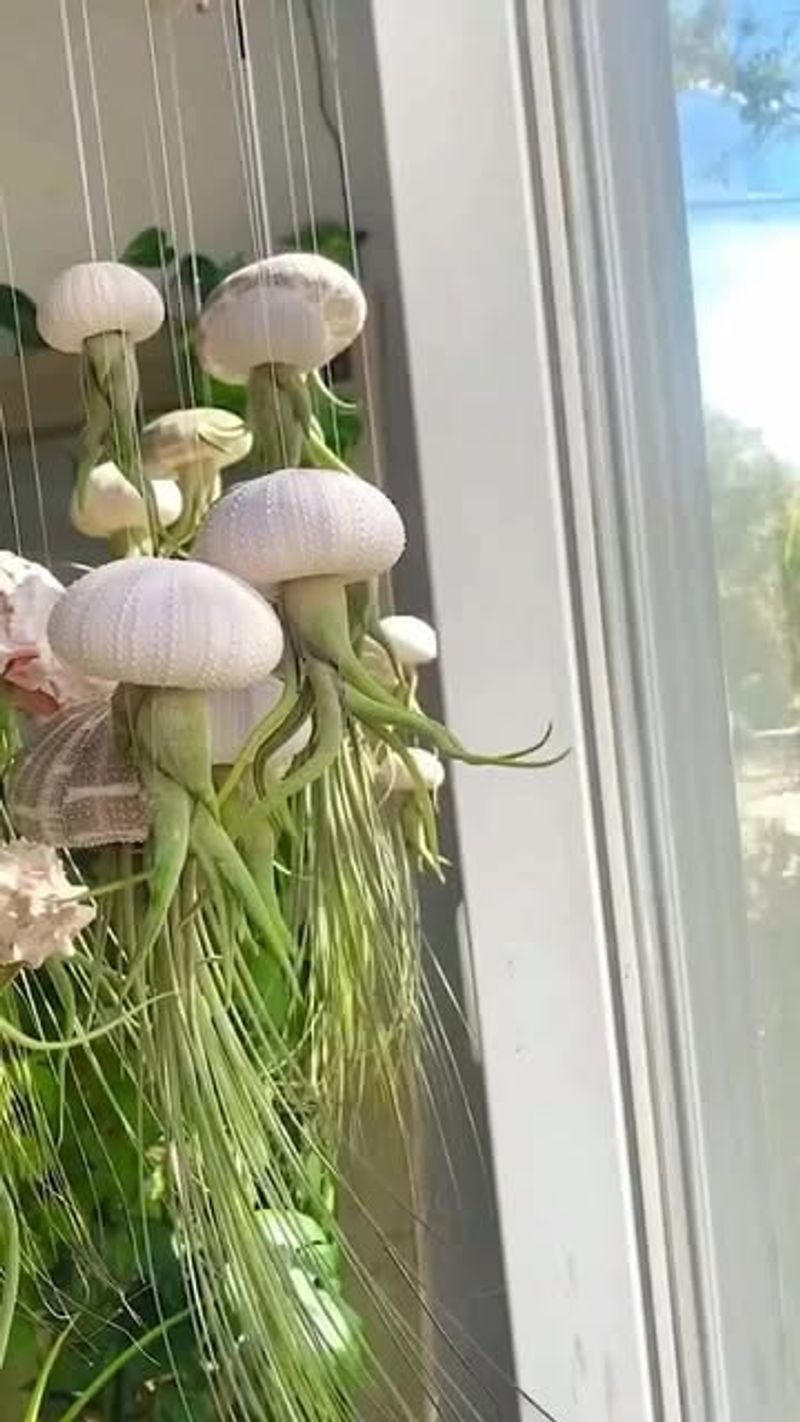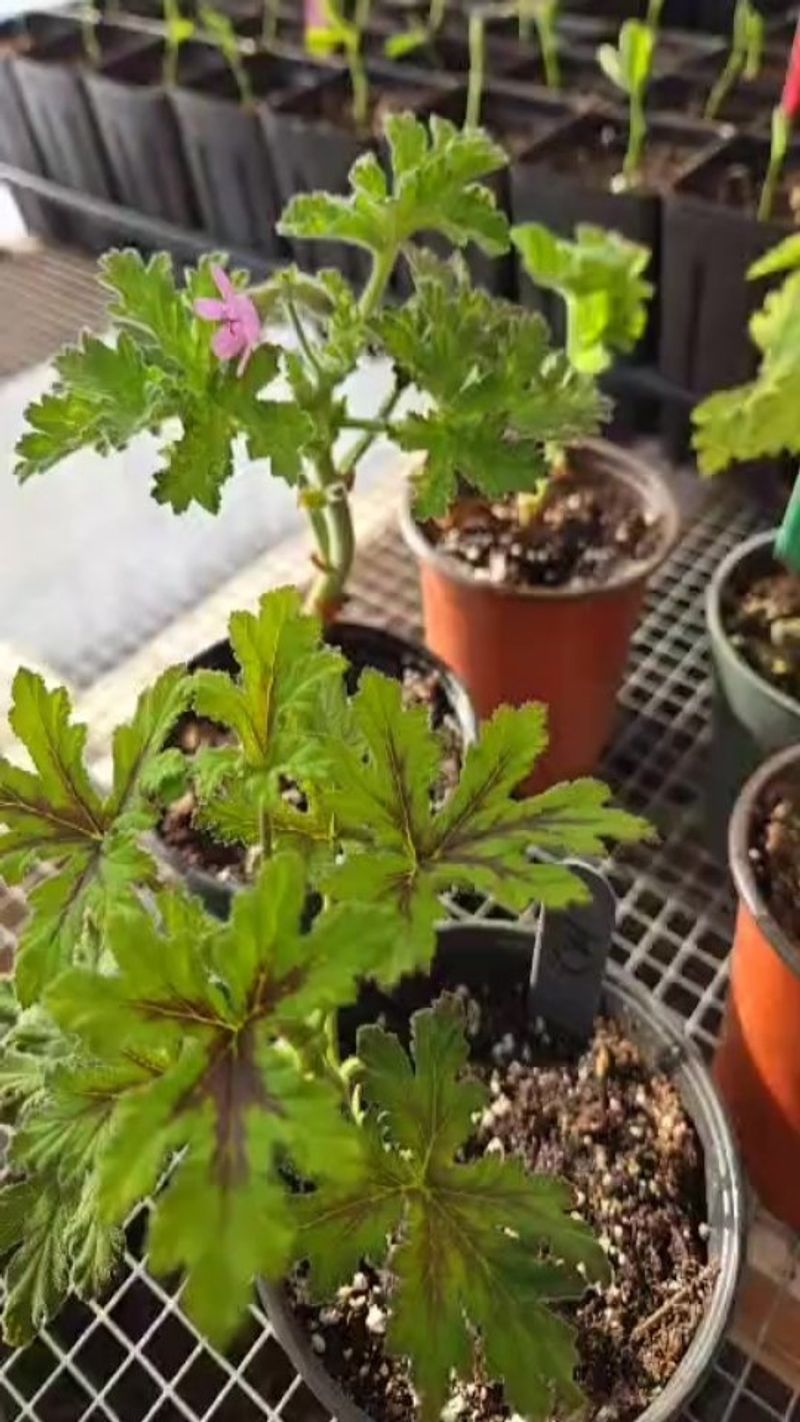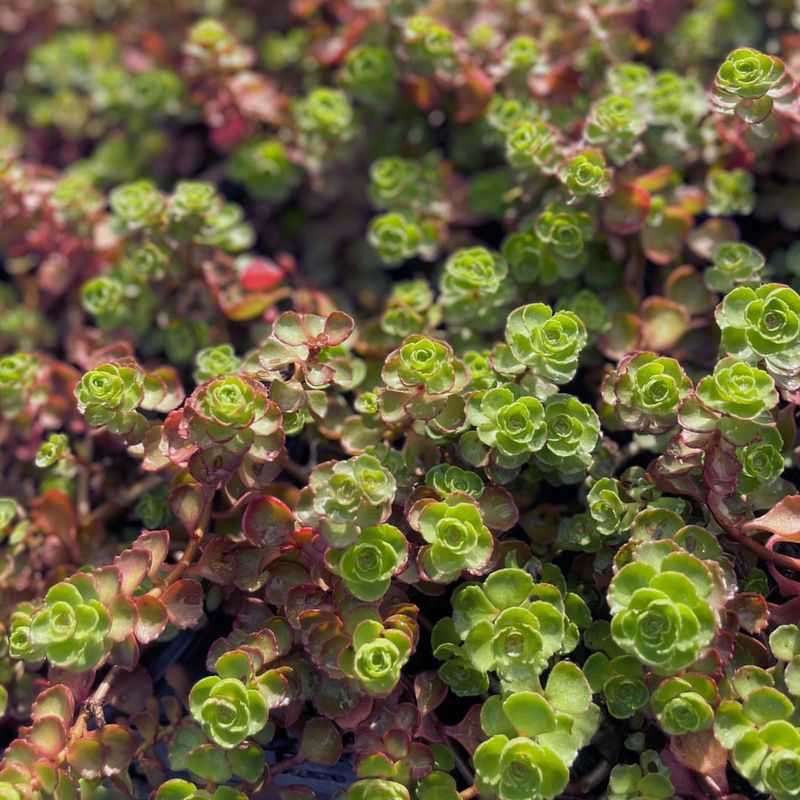Florida’s steamy climate can be paradise for many plants, but a nightmare for others. While tropical varieties thrive in the Sunshine State’s moisture-rich air, many common houseplants actually suffer when humidity levels soar.
Understanding which plants struggle in Florida’s sticky conditions can save you from disappointing garden center purchases and wilting indoor gardens.
1. Fiddle Leaf Fig’s Humidity Headache
Despite their popularity, these trendy trees often struggle in Florida’s high humidity. Excess moisture promotes bacterial and fungal issues on their large, violin-shaped leaves, leading to brown spots and eventual leaf drop.
Keep fiddle leaf figs in air-conditioned spaces with good air circulation. Avoid misting these plants, contrary to common advice. A dehumidifier nearby can create the moderate humidity levels they actually prefer.
2. Lavender’s Moisture Misery
Originally from the Mediterranean, lavender evolved in dry, sunny conditions with poor soil. Florida’s humidity creates the perfect storm for root rot and fungal problems that quickly kill these fragrant beauties.
Growing lavender indoors with air conditioning provides some protection. Plant in terracotta pots with extremely well-draining soil – try adding extra perlite or sand. Place in your home’s driest, sunniest spot with good air movement.
3. Rosemary’s Soggy Situation
Another Mediterranean native, rosemary absolutely loathes Florida’s wet air. The herb’s needle-like leaves naturally shed water in its native habitat, but constant moisture in Florida leads to powdery mildew and eventual plant collapse.
Success comes from creating a microclimate. Grow rosemary in extremely well-draining soil with added gravel. Place near air conditioning vents where humidity levels drop significantly. Never mist or place near humidifiers or kitchens.
4. Snake Plant’s Surprising Weakness
Renowned for being nearly indestructible, snake plants have a secret vulnerability – they hate wet feet and high humidity. Florida’s moisture leads to rot issues that start at the base and work upward, turning their sword-like leaves to mush.
Grow snake plants in terracotta pots which wick away excess moisture. Use cactus soil mixed with extra perlite. Water sparingly and place in rooms with air conditioning running regularly to counteract Florida’s natural dampness.
5. Aloe Vera’s Humidity Horror
Native to arid regions, aloe vera stores water in its fleshy leaves to survive drought. Florida’s persistent humidity confuses these desert dwellers, preventing normal water evaporation and leading to waterlogged tissues.
Aloe often develops soft, mushy spots in high humidity. Keep them in terracotta pots with cactus soil in your home’s driest location. Air conditioning is essential, as is avoiding bathrooms and kitchens where humidity spikes.
6. Cactus Catastrophe
Desert cacti evolved special adaptations for extreme aridity, making Florida’s humidity their worst nightmare. Their skin can’t properly transpire in moist air, leading to rot that starts as discolored patches before spreading throughout.
Growing cacti successfully requires creating a desert-like microclimate. Use extremely gritty, fast-draining soil in unglazed clay pots. Place in your home’s driest, sunniest spot with constant air movement from fans or AC vents.
7. Jade Plant’s Moisture Meltdown
Jade plants store water in their plump leaves and stems, evolved for South Africa’s dry conditions. Florida’s humidity prevents normal water evaporation, leading to leaf drop, stem rot, and fungal issues that quickly spread.
Success with jade plants means mimicking their native habitat. Use shallow, wide pots with cactus soil. Place in bright, indirect light away from humid areas. Air conditioning is essential, as is excellent air circulation from fans.
8. Woolly Delight’s Fuzzy Failure
Those charming fuzzy leaves that make woolly plants like African violets so appealing actually trap moisture against the leaf surface in humid environments. This perfect storm leads to leaf rot, mildew, and rapid decline in Florida homes.
Grow these delicate beauties under glass cloches or in terrariums with controlled ventilation. Air conditioning is essential, as is bottom watering to keep foliage dry. Avoid bathrooms and kitchens where humidity levels surge.
9. Echeveria’s Humidity Heartbreak
Those gorgeous rosette-shaped succulents flooding social media thrive in dry, sunny Mexico – not humid Florida. Their compact leaf structure traps moisture between leaves in high humidity, creating perfect conditions for deadly rot.
Growing echeverias indoors requires aggressive intervention against humidity. Use terracotta pots with gritty, fast-draining soil. Place in south-facing windows with air conditioning. Consider adding a small fan nearby for constant air movement.
10. ZZ Plant’s Surprising Sensitivity
Though marketed as indestructible, ZZ plants have a secret weakness – they hate consistently wet soil and high humidity. Their thick rhizomes store water efficiently, making Florida’s moisture levels dangerous for their long-term health.
ZZ plants develop yellowing leaves and stem rot in humid conditions. Plant in well-draining soil and terracotta pots. Allow soil to dry completely between waterings and keep away from naturally humid areas of your home.
11. Eucalyptus’s Damp Distress
Popular in dried arrangements, live eucalyptus plants struggle mightily in Florida homes. Native to Australia’s arid regions, their oil-rich leaves become susceptible to fungal issues and leaf spot in humid conditions.
Growing eucalyptus indoors requires excellent air circulation from fans. Place near air conditioning vents in bright, indirect light. Use well-draining soil and terracotta pots that breathe. Harvest stems frequently to promote airflow through the plant.
12. Dragon Tree’s Moisture Mayhem
Dragon trees (Dracaena marginata) evolved in Madagascar’s relatively dry climate. Florida’s persistent humidity creates perfect conditions for leaf spot diseases and crown rot that can kill these striking plants.
Brown leaf tips and spots signal humidity issues. Grow dragon trees in bright, indirect light away from naturally humid areas. Good air circulation is crucial – use fans if needed. Remove affected leaves promptly and avoid misting, despite what some care guides suggest.
13. String of Pearls’ Soggy Sorrow
Those charming trailing succulents with bead-like leaves evolved in South Africa’s dry conditions. Their unusual shape retains water efficiently – a deadly combination with Florida’s natural humidity that quickly leads to rot.
Grow string of pearls in hanging planters to maximize air circulation around their delicate strands. Use extremely well-draining soil with added perlite or pumice. Place in bright, indirect light where air conditioning runs consistently to combat ambient moisture.
14. Olive Tree Troubles
Mediterranean olive trees thrive in hot, dry conditions – the opposite of Florida’s climate. High humidity creates perfect conditions for devastating fungal diseases like peacock spot that quickly defoliate these symbolic trees.
Indoor olive trees need excellent air circulation and bright, direct light. Use well-draining soil in containers with ample drainage holes. Place near air conditioning vents and use fans to keep air moving constantly around their silvery foliage.
15. Air Plant Irony
Despite their name suggesting otherwise, many Tillandsia species actually prefer drier conditions than Florida provides naturally. Excessive moisture trapped in their spiral forms leads to deadly black rot that spreads quickly.
Air plants need excellent air circulation to thrive. Display them where air conditioning runs regularly. After misting or soaking, shake excess water from their bases and allow to dry completely upside down. Never leave wet overnight.
16. Geranium’s Humid Headache
Traditional geraniums (Pelargonium) evolved in South Africa’s relatively dry climate. Florida’s humidity creates perfect conditions for devastating botrytis blight and other fungal issues that quickly destroy these colorful classics.
Growing geraniums indoors requires aggressive humidity management. Place in your brightest window with excellent air circulation. Water at the soil level only, keeping foliage completely dry. Remove spent flowers promptly as they become fungal magnets in humid conditions.
17. Sedum’s Moisture Misfortune
Sedums (stonecrop) evolved thick, water-storing leaves for drought survival. Florida’s humidity prevents normal water evaporation, leading to leaf rot that spreads rapidly through these normally carefree succulents.
Growing sedums indoors requires creating a desert-like microclimate. Use extremely well-draining soil in unglazed clay pots. Place in your brightest window with constant air movement from fans or AC vents. Water sparingly, allowing soil to dry completely between waterings.

